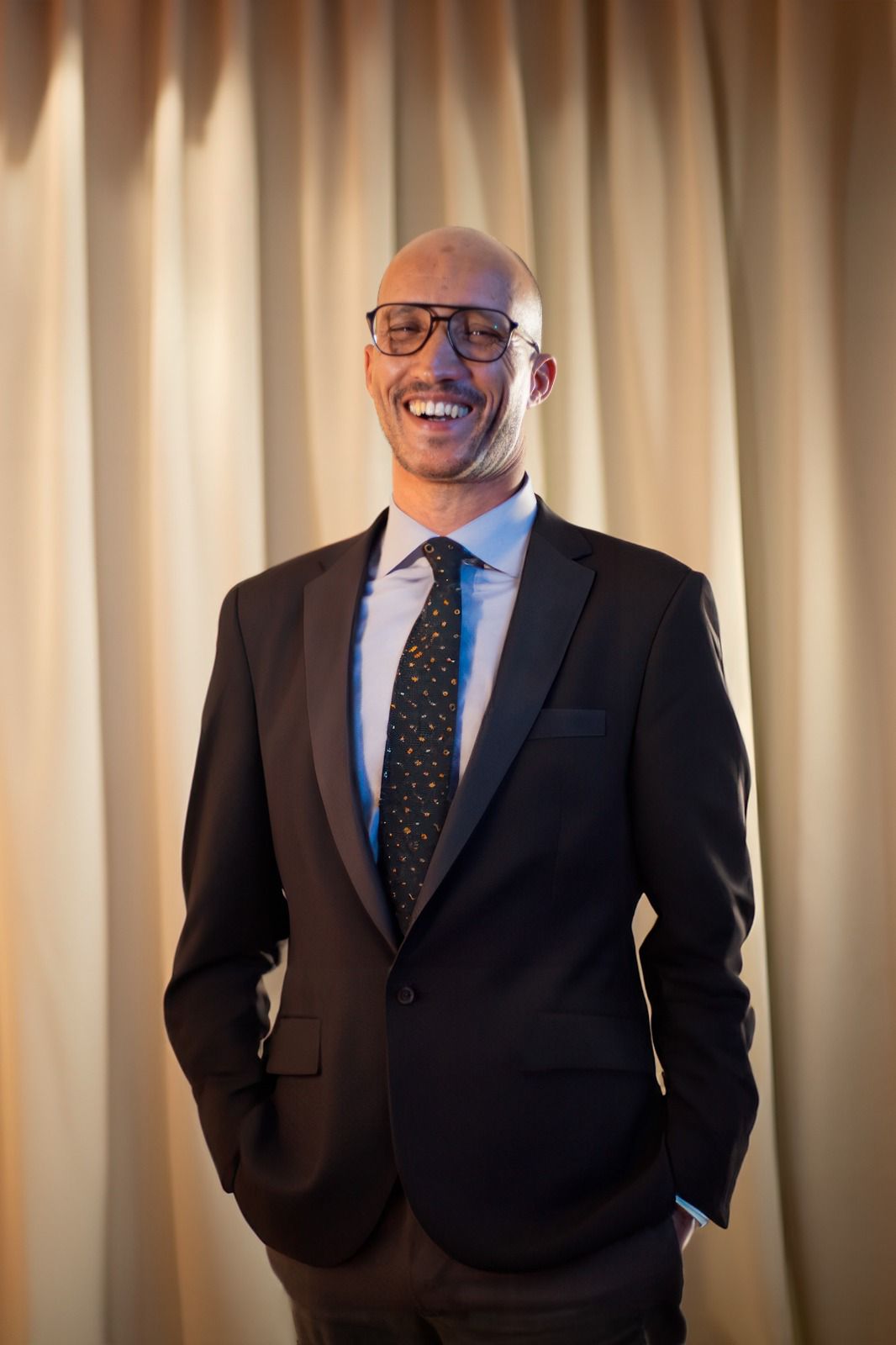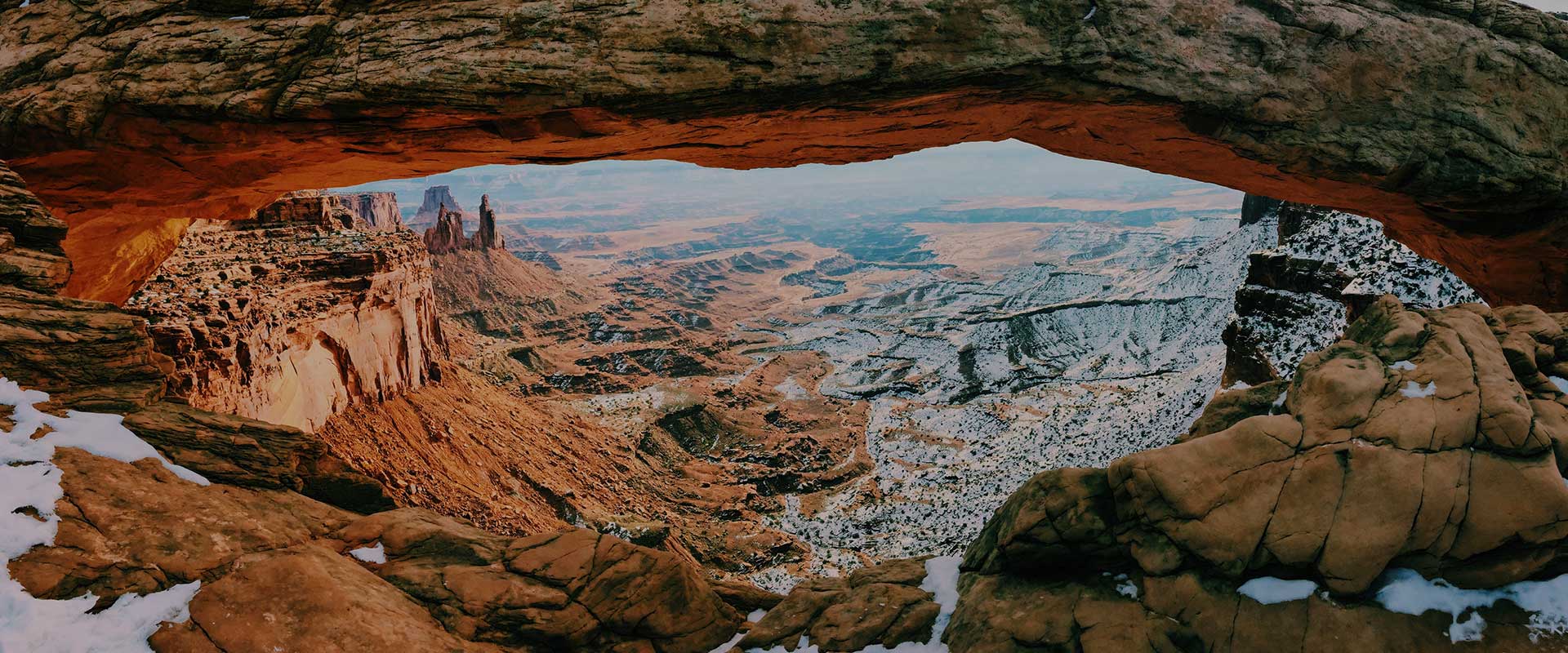Moroccan Culture and Heritage Tour
/ per person
(0 Reviews)
Moroccan Culture & Heritage Tour
Once a tourist destination gets famous, it gets flooded with hordes of tourists. This 11-day tour of Northern Morocco will help you escape the hustle-bustle of cities, and let you enjoy the scenic sights, imperial architecture, awe-inspiring mountains, coastal beaches, and much more. This tour includes the cities of Rabat, Meknes, and Fez, and passes through the enchanting blue-colored town of Chefchaouen. You will also experience contrasting cities, with the fast pace of Tangier making you come alive, and the sleepy town of Asilah making you feel relaxed.
Departure
CasablancaDeparture Time
Depends on Your Arrival timeReturn Time
Depends on your return flight timeDress Code
CasualIncluded
Entrance FeesNew air-conditioned vehicle 4WD or Minivan/Mini BusPick-up and Drop Off ServiceProfessional driver/Tour guide during the tourNot Included
Camel trek (one camel per guest)FlightsLocal guides in major cities: Fes; Marrakech, Casablanca mosque, Volubilis; Essaouira, Atlas MountainsLunches and drinks unless specifiedMeals as per itineraryOvernight in Desert Luxury CampPersonal expenses
Tour Plan
1
Day 1: Casablanca Arrival
Arrive at Casablanca, where you will be picked up from the airport and dropped to your hotel.
2
Day 2: Casablanca to Fez
Get a guided tour of Morocco’s largest and Africa’s second-largest mosque, Hassan II. After this, you will be driven to Fez and will pass the cities of Meknes and Volubilis on the way.Meknes, situated just an hour away from Fez, is a city whose history drips of imperialism, grandeur, and magnificence. Back in the 17th century, Sultan Moulay Ismail made Meknes the capital of his kingdom. While that was quite some time ago, the soul of a once kingdom capital can still be felt and experienced in this quaint city. There are so many things that you can enjoy here starting from Bab Mansour, which is the ginormous gate that serves as an entry point to this city. The wood carvings and beautiful tile work make this one of the most beautiful gates in the whole of Morocco.Volubilis is an ancient Roman occupation that dates back to 225 BC! While the structures are in ruins, they are still magnificent as ever, showing the might that the Roman Empire once possessed. A lot of the magnificence can be attributed to the fact that these ruins have been maintained really well over the years. Due to the preservation of these historically important structures, UNESCO has granted world heritage site to Volubilis
3
Day 3: Exploring Fez
Today is the first of two half-day tours of Fez with your own private guide. They will help you explore the winding streets of the medina as well as giving you a full history of the city.Fez is the cultural and spiritual hub of Morocco, that has stood the test of time and has managed to retain its imperialistic charm. It is situated between the Atlantic Ocean and the Mediterranean Sea and has been designated by UNESCO as a World Heritage site.Despite the modernization, what will enchant you is the old-world architecture that still prevails in different parts of the city. There are wonderfully designed mosques such as MedersaBouInania and Medersa el-Attarine, that even though don’t open their door to non-Muslims, can be seen from outside. The complexly done tile work is an absolute artistic delight.The King’s Palace, Saadian Tombs, and Jewish quarters are other well-known places of interest that one can explore. The King’s Palace is open only to the members of the Royal family. Others can enjoy viewing it from outside. Another noteworthy thing is that the city is full of fountains, just like important kingdom cities used to be way back in time. And given that it is still traditional, both men and women should cover themselves well when they are exploring the city.Contrary to what the world believes, the world’s oldest university is not anywhere else but at Fez. The University of Al-Qarawiyyin is supposed to have been established in 859 ADThe rest of the afternoon is at leisure.
4
Day 4: Fes to Chefchaouen
In the morning, a driver will pick you up and take you for a journey to the famous blue medinas of Chefchaouen, the main city in the Rif Mountain region in the north of Morocco, and is undoubtedly one of the prettiest towns in the country. The city is dramatically situated, with blue and whitewashed buildings perching on the mountainside and small steep alleys, paths, and stairways winding around the tightly packed old medina. It remained a bastion against European influence until 1920 when the first Christians were allowed to enter, and the town retains a strong Arabic and Andalusian feel, with traditional wrought iron and beautifully woven lamps. Chefchaouen is a relaxed and tranquil town with a rather bohemian feel, and is a perfect antidote to many of the larger cities in Morocco, with superb views of the surrounding countryside.You will be in the vicinity of the Rif Mountains, as the city of Chefchaouen is on the foothills of the mountain. The medinas are small and can be explored by taking a walk around.
5
Dday 5: Exploring Chefchaouen
Today, you can explore the town of Chefchaouen further. You can take a journey uphill into the Rif Mountains, and get an enthralling view of the blue city of Chefchaouen. A vantage point to click photos of the town!
6
Day 6: Chefchaouen to Tangier
The driver will pick you up in the morning and take you to the coastal city of Tangier. The drive en route Tangier is mesmerizing. You will be staying here for 2 days.Tangier is Africa’s gateway to Europe and is situated at the confluence of the Mediterranean and the Atlantic, standing tall over the Strait of Gibraltar and the neighboring European country Spain.Over the years, Tangier has been colonized or ruled by various entities – the Romans, the Arabs, the Portuguese, and many more. Needless to say, the cross-cultural influences are evident till date. There was a time when Tangier was literally a free zone and controlled by several European states. There was an unrestricted movement of people, and illegal activities could be openly undertaken. But today, this two-millennium old city is today an industrial hub and an important port for the Moroccans.
7
Day 7: Exploring Tangier
The first of the day will include a trip to the medina, where you will learn about the impact and historical relevance of the 20th century on this city. You will be free in the second half and can spend it leisurely, relaxing and strolling around one of the many beaches.
8
Day 8: Tangier to Assilah
Morocco is in touching distance of Spain. No wonder, you will find towns that are influenced by the Spanish culture. Asilah is one of them. You can explore the elegant white colored medinas of Asilah, and enjoy some Spanish cuisine here. A nice break from the Moroccan delicacies you’ve been having for a week!Asilah is a fortified town on the northwest tip of the Atlantic coast of Morocco, about 50 kilometers from Tangier. It boasts a small, beautifully preserved medina with a picturesque location right by the shoreline. The town itself has a Spanish feel, with lovely whitewashed buildings and public artwork on the walls of many of the narrow alleyways. There are some beaches in the vicinity, which are not ideal for sunbathing but excellent for a relaxing stroll. Its history dates back to 1500 BC when it was a trade base for the Phoenicians. Asilah served as a base for pirates in the 19th and 20th centuries and was under the Spanish Empire during parts of the 20th century. Easy to navigate and soothingly low-key, Asilah is perfect for a day of relaxation between Morocco’s better-known destinations.
9
Day 9: Assilah to Rabat
In the morning, you will leave for Morocco’s capital Rabat. In between, you will halt at Lixus, which is a site of ancient Roman ruins such as temples, baths, and 4th-century walls.Explore the Islamic and French influences of Rabat, such as the French-styled parks, and the very famous Hassan tower. If you are clueless about the sights to visit, you can hire a guide too!
10
Day 10: Rabat to Casablanca
Drive through the high way to reach Casablanca the metropolis and the economic capital of Morocco, in Casablanca, you will visit the Hassan 2 mosque, the only visited mosque in the morocco and the third-largest after Mecca. After lunch, you will explore the old medina including the Habous quarter and enjoy a beautiful sunset on the Cornish before checking to your hotel
11
Day 11: Return Flight
Have breakfast, and then get dropped at the airport for your flight back home! Return home with fond memories
Gallery
IMPORTANT INFORMATIONDiscover the Authentic Charm of Moroccan RiadsNo reservations have been made for the moment; rates must be reconfirmed according to the availability of the suppliers at the time of reservation.Suggested and/or confirmed hotels may be replaced by others of similar category.Hotels and Riads rates are good for 2 weeks and might be subject to a price increase.THE PACKAGE PRICE INCLUDES: What’s included in this Tour
- A fully customized itinerary based on your interests and schedule 24/7 in-destination support from our local office in Morocco
- All accommodation stays, tours, and transfers for scheduled activities are covered unless otherwise listed in the itinerary
- A certified private driver for tours and transfers
- Local certified private guides in the Major Cities
- A meet and greet at the airport or at your accommodation from your driver or manager assigned to you.
- Arrival and departure Airport pickup.
- Certified and professional tour leader during the tour
- Breakfast each day at your Riad or hotel, plus any meals indicated in the itinerary.
- 10 nights’ accommodation at the hotels mentioned above (or hotels or Riads of the same category). The car, driver, and tour leader assigned to you are available during the whole tour.
- Water in Vehicle
- Camel ride experience in the Sahara Desert Tour in Sahara
- Cooking class in the Sahara desert camp
- 10 Breakfasts
- 05 dinners
- 02 lunches ( Fes & Ait Benhaddou )
- SPA in Marrakech: Traditional Hammam and Massage
- Travel insurance, which we offer and can be purchased after you’ve booked your tour Visas (unless noted)
- Tips for services and experiences
- Lunches, and drinks (alcoholic and non-alcoholic), unless specified in the itinerary Dinners and drinks (alcoholic and non-alcohol) unless specified in the itinerary Entrance fees to historical monuments
- Local Guide's fee unless specified in the included section. Henna Tattoo experience
- Hot Air Balloon Tour leader services
- Personal charges such as laundry, phone calls, SIM cards, or room service Early check-in or late check-out from hotels (unless otherwise specified) Additional sightseeing, activities, and experiences outside of your itinerary
- Optional enhancements like room or flight upgrades, local camera or video fees Passport fees, and immunization costs.
- Taxes, and personal things purchased
- Does not include domestic or international travel.
- Everything that is not mentioned in‘’ THE PACKAGE PRICE INCLUDES
20 Things You Must Know Before Visiting Morocco Travel Tips
More and more people are visiting Morocco every year. It’s a beautiful country. If you plan on going, here are a few pointers to help you prepare for your trip.- Dress Appropriately
- Currency and Cost
- ATMs.
- Keep Correct Change with You
- Tipping
- Be Wary of Local Guides.
- Stay Away from Strangers Offering Free Tours or Directions.
- Fridays are Holy Days and Prepare for Holidays
- Careful What Water You Use
- Pack Some Immodium
- Watch Your Pockets
- What Language Do They Speak?
- Hello(Peace Be With You): Salam Alikome (salaam a eleikum)
- Thank You:Choukran (shokran)
- No Thank You: La Choukran (la shokran). This one is useful when you have a bunch of street vendors hassling you to buy something.
- Watch Out: Although you won’t use this yourself, you’ll most likely hear this in the medinas or souks (outdoor markets). It will be said by locals coming by with a mule, motorcycle, or cart and is a warning to move to the side.
- Visiting Mosques:
- Do I Need a Visa or Vaccines?
- Ask Before Taking Photos (And You May Have to Pay).
- Souvenirs to Bring Home:
****************************
Overall, Morocco is a beautiful country, and you will be happy to experience it. As long as you’re completely aware of your surroundings, and you go in with the right mindset and expectations, you can have a wonderful experience.





